How to take great photos of buildings
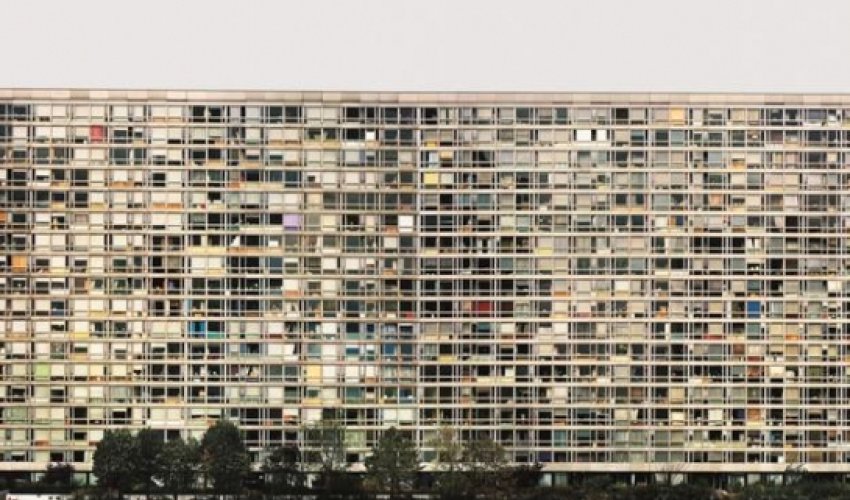
Architectural photography is one of the most overlooked art forms. It has little of the cachet that wildlife photography – with its split-second freezing of the natural world – or the reflective wonder of landscape photography. Most of us, surrounded by the buildings that make up our cities and towns, barely spare them a glance.When Joseph Nicephore Niepce created the first heliograph – the pioneering form of photography in 1826 – the long exposure times meant he needed a subject that would sit still long enough to be captured; his View from the Window at Le Gras shows roofs and outbuildings taken from the family estate in Burgundy. Photography's first fumbling step is not a faithful reproduction of a familiar face or the glory of nature but the stillness of stone in rural France.Photography developed in fits and starts, transforming from zinc plates of the kind Niepce had captured on a sunny day in Burgundy to glass negatives, and eventually the cellulose that helped create portable films and cameras. At the same time, architecture itself was transformed; from the early 1880s, graduates of the Chicago School revolutionised architecture through the use of steel frames and walls of glass. Breakthroughs in technology allowed buildings to be built to previously undreamed heights. As architectural forms were re-imagined, photography became the medium that recorded its transformations most faithfully.Architectural photography once depended on expensive pieces of kit such as tilt-shift lenses – the kind of specialist optics that prevent distorted perspectives. Now, photo editing software such as Adobe Photoshop allows you to fix such issues with a few clicks of the mouse.A forthcoming exhibition at the Barbican Art Gallery in London, Constructing Worlds, looks at architectural photography since the 1930s, the age of the skyscraper and the 35mm Leica camera as a documentary tool. It uses the work of 18 photographers to chart its changes and development since then. The work of these photographers show what a broad church architectural photography is – from images of abstract fragments to backdrops of social commentary, echoes of a disappearing past to shining paths to the future.Buildings: Mirrors of societyBerenice Abbot was a former sculptor who captured a forever-changing New York in her 1930s work. Using a large format camera, Abbott shot black-and-white images – not only of the city's rapidly rising skyline, but of the historic neighbourhoods that were being destroyed to make way for this architectural progress. Abbott believed sympathetic architecture and urban planning could help stabilise city communities and her work was highly subjective; her choice of angles flattered the buildings she approved, and brought disorder to those she didn't.Architecture reflects the societies that make it, and the people that have to live and work within it. Great street photography so often relies on the pleasing shape of the buildings that help make the frame come alive. Use what's around you as a backdrop to make people come alive.Capture the calm of traditionWalker Evans, the American photographer created powerful, political works as a staff photographer for the Farm Security Administration during the Great Depression. Walker also embarked on more personal projects, documenting small towns in the American South, the ordinary houses and humble churches far from the tumult of big American cities. This too was the photography of record, the trapping in amber of styles and architectural traditions that were slowly fading away. Look for the old in a street otherwise full of the shining new; find weathered stone amid glass and metal. So many of us capture this when we are away on holiday but we don't think to include it in our everyday pictures of home.Discover the abstractLe Corbusier described Lucien Hervé as having the “soul of an architect”. Born in Hungary in 1910, Hervé was one of a wave of Hungarian photographers who revolutionised the evolving art form. But where his contemporaries, such as Robert Capa and Brassaï, fixed their gaze on people, Hervé concentrated instead on the abstracts presented by modern architecture. “Hervé’s images portray the spirit of places rather than the actual buildings. His photography is characterised by the use of dynamic contrasts – light and dark, rough and smooth, mass and void – an approach that enabled him to create the illusion of three-dimensionality,” say Constructing Worlds’ curator Alona Pardo. Fragments of buildings often create more striking images than the building as a whole. Isolate elements by concentrating on changes in colour, form and texture. Visit at different times of the day to see how changing light affects them. By breaking a building into pieces, you create separate subjects.(BBC)Bakudaily.Az
























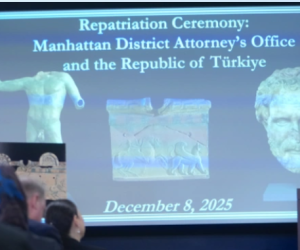
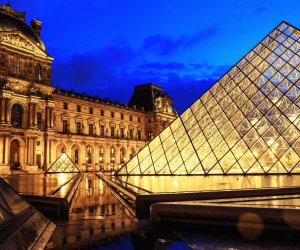


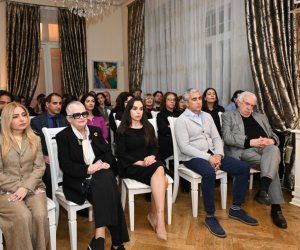

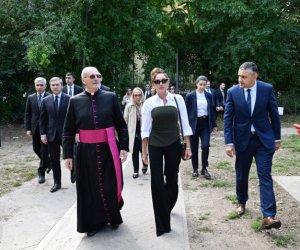

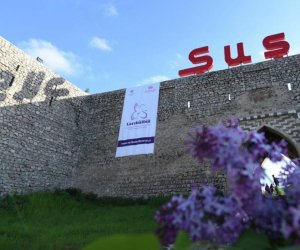



 Photo
Photo 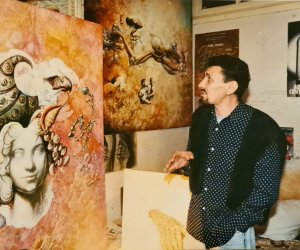
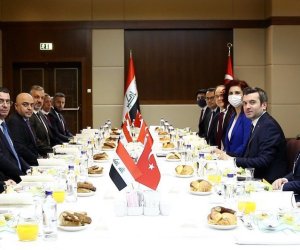
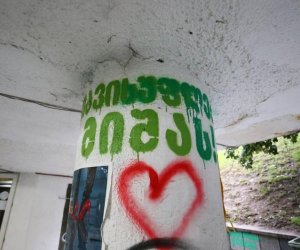

 Video
Video 

